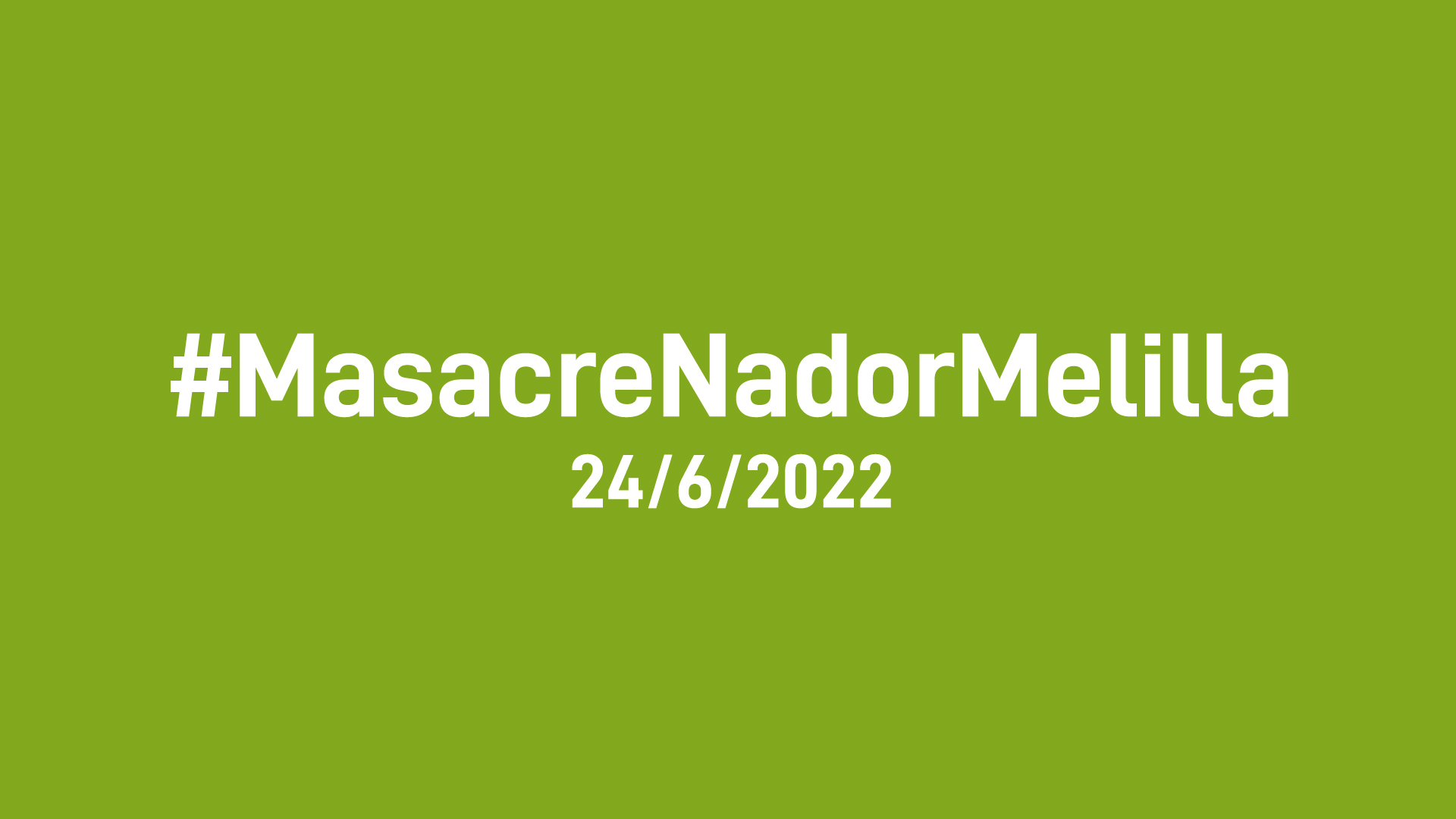1,865 people have died on the Western Euro-African Border in the first five months of 2025.
Today, Tuesday, June 17, 2025, the collective Caminando Fronteras presents the data from its victim monitoring along the border from January 1 to May 31 of this year. We have recorded 1,865 people dead or missing, including 112 women and 342 children.
These figures clearly reflect the consequences of policies more focused on migration control than on defending the right to life.
Migration control policies and the erosion of life-saving standards at sea were decisive factors in 47% of the tragedies analyzed in this report.
Other factors directly impacting the right to life include: the failure to launch or act on search and rescue operations despite knowing the position of vessels; territorial inequality in the application of protection protocols; poor coordination between countries; lack of investigation into the causes and consequences of shipwrecks; the extreme precarity of the boats; and departures in adverse weather conditions.
The data we have documented over these five months—gathered from primary sources, migrant communities, relatives, victims, and grassroots organizations—are as follows:
- 1,865 people dead or missing.
- 38 boats disappeared with all people on board.
- 112 women and 342 children died trying to reach the Spanish coast.
The Atlantic route remains the deadliest, with 1,482 people reported dead—80% of all deaths recorded during this period. This route includes three sub-routes:
- The route departing from Mauritania is the most lethal, with 1,318 victims.
- The route from Senegal and Gambia, with 110 victims, shows a significant drop in departures from those coasts.
- The coastal stretch between Agadir and Dakhla, with 54 victims.
Meanwhile, the Algerian route in the Western Mediterranean has resulted in 328 deaths. This figure reveals a shift in the origin of victims, with a notable increase in people transiting through Algeria—particularly nationals from Somalia.
“Although the figures have decreased compared to the same period last year, we cannot normalize them. We must continue demanding that countries protect all human lives above migration control measures,” says Helena Maleno, coordinator of the research.
Download here our Monitoring Right to Life January – may 2025 in English and, at the bottom of the page, in Spanish and French.
Are you looking for a missing relative or acquaintance on a migratory route? If this is your case, contact us here.














